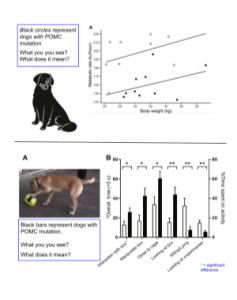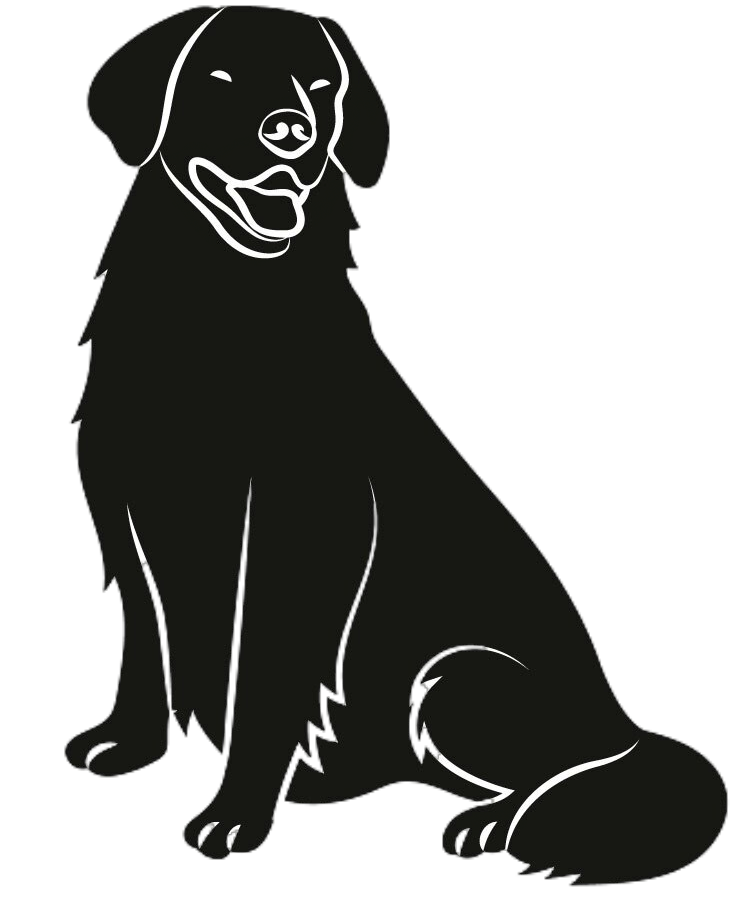
Do you want to introduce complex scientific texts to your biology class. Students may find journal articles daunting, with unfamiliar words and graphs that are complicated. If they pursue science in college, being able to analyze these texts will be an important skill. In this text, students will explore dog obesity.
I designed this short activity as a way to introduce my biology students to journal articles. Plus, students love to share stories about their dogs! Many might even have stories about how crazy their dog is about food. They might be happy to learn that their dog’s food motivation might be in their genes.
First, I pose the question “Is there a reason your dog is fat?”
As students progress through the slides and the handout, we discuss measures of dog obesity with the “Dog Condition Scale” which displays the appearance of healthy, underweight, and overweight dogs.
Then, students examine a graph showing the rates of dog obesity for a ten year period. The chart shows that overall obesity rates in dogs have gone up. Students brainstorm reasons for the increase in the rates. We also talk about food motivation, and the term “satiation” which will appear later in the scientific text.
 A Scientific Study on Dog Obesity
A Scientific Study on Dog Obesity
In reading scientific texts, I advise students to start with analyzing the title. Many titles are incredibly detailed, and by themselves can give you clues about the research. The title of this article is:
That’s a lot to unpack!
Start with students underlining any words or phrases they don’t know, and then crowdsource with the class what they think it means. At this point, I don’t recommend looking up definitions, but to just get the general idea of what the study is about. Then, we underline and annotate the terms

Next, students read the abstract. This is also a fairly complex text with scientific jargon, so we’re going to break it down. Reading together, students will identify and highlight the important elements of the study. For this research, there is a lot of extra information in the abstract about rodents and gene types, but you can ignore most of that and just focus on the dog parts.
In the last sections, students examine graphs and charts from the article. I use the I2 strategy to help students analyze data. Students will look at the body condition scores, a food motivation graph, and metabolic rates. Finally, they will write a short paragraph that summarizes the research and answers the experimental question. For simplification, I suggest that replace the names of the genes with just generic terms, like genes and mutations.
More Resources on Dogs and Scientific Studies
Original Article on Dog Obesity at Science Advances
Mitosis and Cancer in Dogs – Lab activity where students view slides and calculated mitotic index
Genome Wide Association Studies in Dog Coats
Dogs Decoded – NOVA video with worksheet

